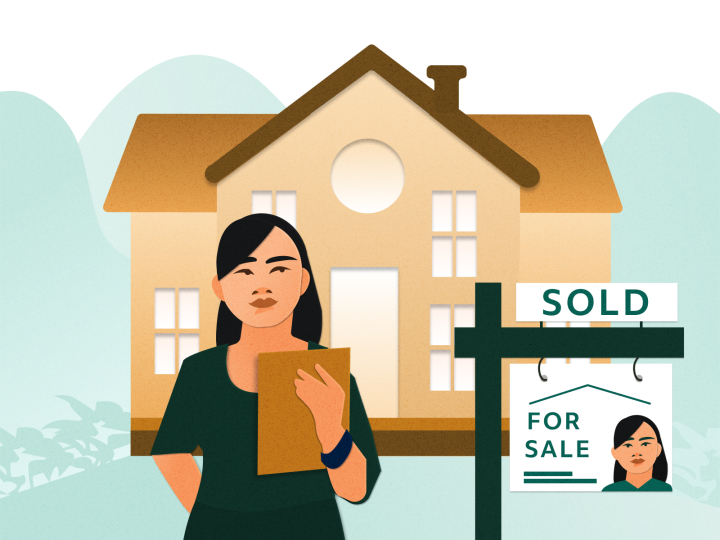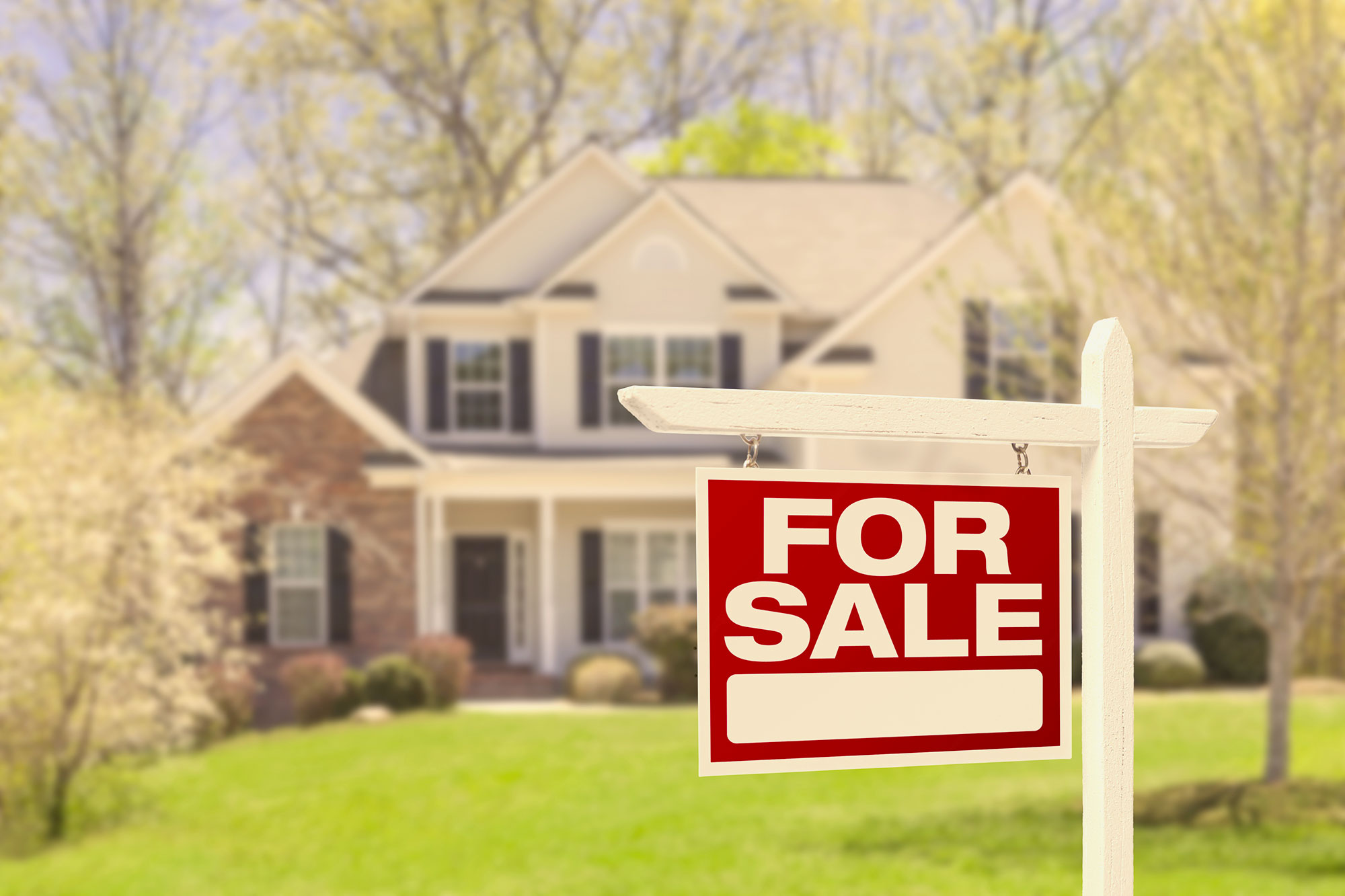Exploring the Growing Opportunities in Real Estate Lockhart
Exploring the Growing Opportunities in Real Estate Lockhart
Blog Article
The Future of Real Estate: Patterns and Opportunities to Enjoy
As the real estate landscape develops, it comes to be significantly crucial to understand the arising patterns and chances that will certainly specify the market in the coming years. With these dynamics at play, a closer exam of the strategies and adjustments needed for success exposes interesting possibilities that could reshape investment methods and market behaviors.
Technological Innovations in Property
In recent years, the genuine estate field has embraced a wave of technological developments that are changing conventional practices. One of the most notable innovations is the rise of huge data analytics, which enables actual estate specialists to analyze market trends, predict property worths, and identify investment opportunities with extraordinary accuracy.
In addition, online truth (VR) and boosted truth (AR) technologies are transforming home advertising by providing immersive experiences for potential purchasers and occupants. These tools allow customers to perform online scenic tours of residential properties, thus improving the search process and enhancing client engagement. Blockchain modern technology is getting grip as a means to safeguard transactions and maintain transparent records, consequently minimizing fraudulence and quickening the closing process.
Smart home modern technologies are also coming to be significantly prevalent, allowing homeowners to keep track of and control their buildings from another location (Real Estate Lockhart). Collectively, these technical technologies are reshaping the landscape of actual estate, promoting a more effective, clear, and customer-centric market
Need for Sustainable Residences
As customers significantly prioritize ecological duty, the demand for lasting homes has actually risen in the property market. This shift mirrors a wider societal pattern towards sustainability, with financiers and property buyers looking for properties that decrease environmental influence while optimizing energy efficiency. Attributes such as photovoltaic panels, energy-efficient home appliances, and sustainable building materials are currently considered as vital as opposed to optional.

Additionally, the increase of green neighborhoods, which prioritize walkability and accessibility to public transport, further stresses this fad. These developments interest eco conscious customers and advertise a healthier way of life.
As the demand for lasting homes continues to climb, market stakeholders must adjust to these assumptions. By welcoming ingenious practices and focusing on sustainability, the property market can not just fulfill consumer demand but additionally add to a more lasting future.
Changing Purchaser Demographics

Additionally, the aging population is reshaping demand for real estate. Baby boomers are seeking downsized houses that offer ease of access and reduced maintenance, frequently preferring city setups with close-by amenities. This shift necessitates Resources an emphasis on multi-generational real estate solutions that suit differing demands.
Moreover, multiculturalism is playing a critical role in realty fads. Buyers from various histories bring distinct preferences and assumptions, motivating designers to produce inclusive atmospheres that satisfy a broader target market. As these demographic shifts continue to evolve, property professionals have to adapt their methods to resolve the needs of these varied customers. Understanding these changing demographics will be essential in recognizing emerging opportunities and crafting tailored marketing methods that reverberate with the varied needs these days's market.
Increase of Remote Work Impact
Significantly, the increase of remote job is changing the property landscape, motivating considerable shifts in buyer choices and place choices. As staff members enjoy the versatility of functioning from home, numerous are reassessing their residential requirements, leading to a surge sought after for residential properties in country and country locations. This pattern is primarily driven by the wish for more large living atmospheres that can accommodate office and a better top quality of life.
Furthermore, metropolitan centers, once the centerpiece for purchasers, are experiencing a steady decrease popular as people prioritize cost and accessibility to nature. Genuine estate developers and capitalists are moving their focus towards properties that offer home office spaces, outside services, and distance to vital solutions.
Genuine estate pop over to this web-site specialists need to adapt to the altering choices of buyers, stressing the value of way of life factors in their advertising and marketing approaches. The implications of remote job on actual estate are profound, shaping future patterns and opportunities.
Investment Opportunities in Arising Markets
Financial investment opportunities in arising markets are continually standing out from genuine estate investors seeking diversification and growth capacity. These markets, identified by quick financial advancement, enhancing urbanization, and an expanding middle class, present special potential customers for savvy financiers. Countries in Southeast Asia, Africa, and Latin America are observing considerable infrastructure enhancements and positive federal government policies, which further improve their charm.
Genuine estate industries such as residential, commercial, and logistics are experiencing heightened need as a result of urban movement and developing customer preferences. Notably, cities like Ho Chi Minh City, Nairobi, and Medellín are becoming hotspots for investment due to their expanding economic situations and youthful demographics.
Investors need to carry out detailed market evaluations to identify key trends, such as shifts in populace dynamics and financial stability, which can influence home worths. In addition, partnerships with local genuine estate companies can help with effective entry and navigating in these markets.
However, it's critical to be mindful of possible risks, consisting of political instability and governing difficulties. By considering these aspects and taking on a lasting perspective, financiers can properly profit from the financially rewarding chances emerging in these creating regions.

Final Thought
In final thought, the future of real estate will be considerably influenced by technological improvements, check my source a growing focus on sustainability, and developing buyer demographics. Browsing this changing landscape will certainly require critical partnerships and a keen understanding of market dynamics to exploit on the trends forming the sector.
As the genuine estate landscape advances, it ends up being increasingly crucial to understand the arising patterns and possibilities that will certainly specify the market in the coming years. One of the most noteworthy innovations is the rise of huge data analytics, which enables genuine estate specialists to analyze market trends, forecast property values, and identify financial investment possibilities with extraordinary precision.As consumers significantly focus on ecological duty, the demand for lasting residential or commercial properties has surged in the genuine estate market. The ramifications of remote work on actual estate are profound, forming future trends and opportunities.
Investment opportunities in arising markets are continually attracting attention from actual estate financiers seeking diversification and development potential.
Report this page